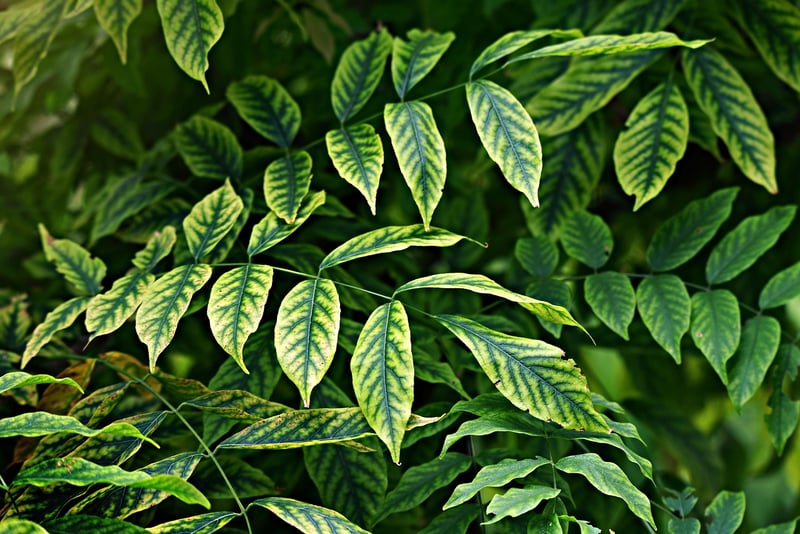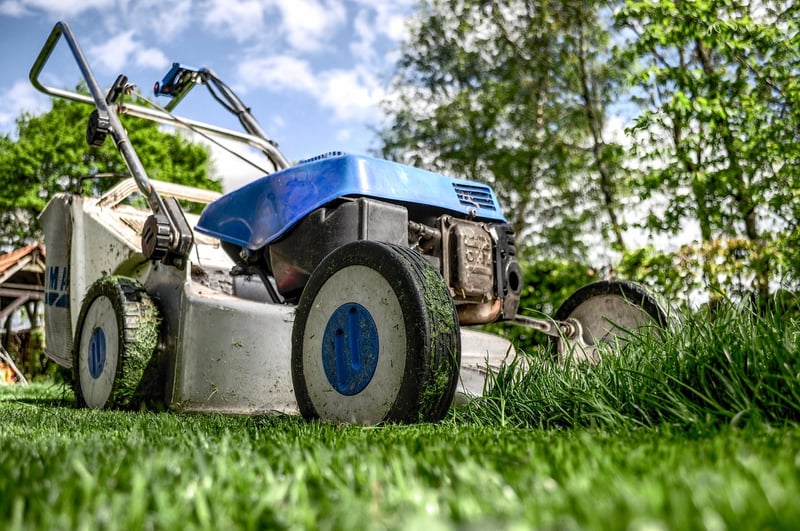Light Requirements
#Color Schemes
#Layout
#Sunlight
Enhance the Aesthetics of Your Garden
The Importance of Garden Aesthetics
Your garden is an extension of your living space and can significantly impact the overall look and feel of your home. By enhancing the aesthetics of your garden, you can create a beautiful and inviting outdoor space that you can enjoy year-round.
Tips for Beautifying Your Garden
- Choose a Theme: Decide on a theme for your garden, such as a cottage garden, modern garden, or a tropical oasis. This will help create a cohesive look.
- Use Colorful Plants: Incorporate a variety of flowers and plants with different colors to add visual interest and vibrancy to your garden.
- Add Decorative Elements: Consider adding decorative elements such as garden statues, birdbaths, or garden lights to enhance the charm of your outdoor space.
- Create Pathways: Install pathways or walkways to guide visitors through your garden and create a sense of exploration.
- Consider Outdoor Furniture: Place outdoor furniture such as benches, tables, or hammocks to create cozy seating areas where you can relax and enjoy your garden.
Light Requirements for Your Garden
Proper lighting is essential for both the functionality and aesthetics of your garden. Different plants have varying light requirements, so it's crucial to understand the light conditions in your garden before selecting and placing plants.
Types of Light Requirements
- Full Sun: Plants that require full sun need at least 6 hours of direct sunlight per day. Examples include roses, lavender, and sunflowers.
- Partial Sun/Partial Shade: These plants thrive in 3-6 hours of sunlight per day. Examples include hostas, ferns, and hydrangeas.
- Full Shade: Plants that prefer full shade thrive in less than 3 hours of direct sunlight per day. Examples include ferns, impatiens, and hostas.
Tips for Proper Garden Lighting
- Observe Your Garden: Monitor the sunlight patterns in your garden throughout the day to determine the best spots for different light requirement plants.
- Utilize Artificial Lighting: Consider using artificial lighting, such as LED garden lights, to illuminate specific areas of your garden, especially in shady spots.
- Adjust as Needed: Be prepared to move plants to different locations if they are not thriving due to inadequate or excessive sunlight exposure.


